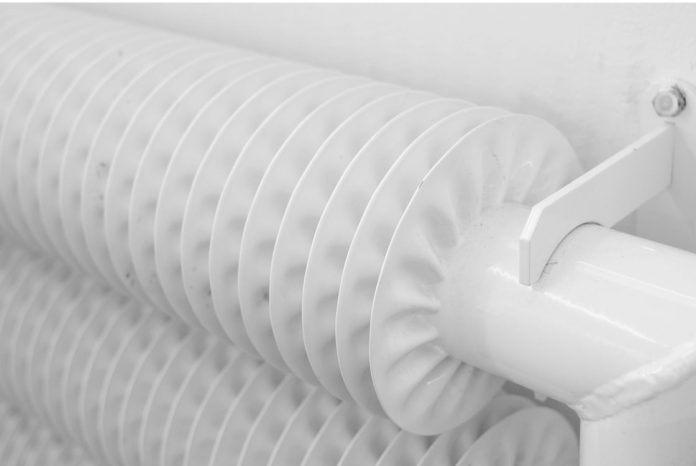Ever find yourself buried under blankets, wondering why your heating system isn’t keeping up? Or maybe your energy bill arrives, and it feels like you’re paying to heat the entire block. If so, you’re not alone.
In places like Loveland, Colorado, where winters can be unpredictable, a reliable heating system is essential. Freezing temperatures make it necessary to have equipment that performs efficiently when it matters most. But how do you know when it’s time for an upgrade?
In this blog, we’ll cover the key signs that your heating system needs an upgrade, the benefits of modern options, and how to choose the best setup for your home.
Signs Your Heating System Needs an Upgrade
One of the biggest red flags is an increase in energy costs. If your heating bills are steadily climbing despite no changes in your usage, your system is working harder than it should. Older units lose efficiency over time, forcing them to run longer and use more energy just to maintain comfortable temperatures.
Uneven heating is another problem that suggests your system isn’t distributing heat properly. If some rooms in your home are warm while others remain cold, your furnace may be struggling. This issue could be due to aging ductwork, a failing blower motor, or an outdated thermostat that can’t regulate temperature effectively.
In addition, strange noises or unusual odors coming from your heating unit should also not be ignored. Rattling, banging, or whistling sounds can signal mechanical issues, while burning smells may indicate electrical problems or dust buildup in the vents. Any of these could lead to bigger, more expensive problems if left unchecked.
If you’re dealing with these issues, it’s best to consult with a reliable company that specializes in furnace repair in Loveland, CO, to assess your current system. Professionals in the area understand the specific heating needs of Colorado homes and can recommend whether repair or replacement is the smarter long-term option.
Remember that no heating system lasts forever. Most units have a lifespan of 15-20 years, but even before they reach that point, certain warning signs indicate they’re losing efficiency. If you’ve noticed any of the following issues, it might be time to consider an upgrade.
Why Upgrading Your Heating System Makes Sense
Investing in a new heating system isn’t just about staying warm—it’s about improving efficiency, lowering costs, and reducing stress. Modern heating technology offers several advantages over older units, making upgrades a smart decision for many homeowners.
Newer systems are designed for maximum efficiency, helping you cut down on energy consumption and reduce monthly bills. Many high-efficiency models feature smart thermostats that allow you to control your home’s temperature remotely. With programmable settings and zoning capabilities, you can avoid heating empty rooms and customize comfort levels throughout your home.
Reliability is another key benefit. Older systems are more prone to sudden failures, which often happen at the worst possible times—like in the middle of a winter storm. Upgrading to a modern system eliminates the risk of constant breakdowns and ensures your home stays warm without unexpected disruptions.
Environmental impact is also a growing concern for many homeowners. Traditional heating systems often rely on outdated fuel sources that produce higher emissions. Newer models are designed to be more eco-friendly, reducing your home’s carbon footprint while maintaining effective heating. As sustainability becomes a larger focus in home design, upgrading to an energy-efficient system aligns with broader environmental efforts.
Beyond efficiency and sustainability, modern heating technology also enhances convenience. If you’re still using a system from decades ago, you’re missing out on features like remote monitoring, smart home integration, and automated maintenance alerts. These advancements provide better control over your home’s heating and improve overall user experience.
Upgrading may seem like a big investment upfront, but the long-term benefits—including reduced energy bills, fewer repairs, and increased home value—make it a worthwhile decision.
Types of Heating Systems to Consider
If you’ve decided to upgrade, the next step is choosing the right heating system. Several options are available, each with unique benefits depending on your home’s size, climate, and heating needs.
Forced Air Systems: The most common option in U.S. homes, these systems use a furnace to heat air and distribute it through ductwork. Modern models are highly efficient and compatible with smart thermostats for better temperature control.
Radiant Heating: This system works by heating surfaces like floors or walls rather than circulating warm air. It provides consistent warmth and eliminates drafts, but installation costs can be higher.
Heat Pumps: These systems are growing in popularity because they work for both heating and cooling. They extract heat from the air—even in cold weather—and transfer it indoors. They’re an energy-efficient choice for moderate climates.
Ductless Mini-Splits: Ideal for homes without central ductwork, these systems provide zoned heating with individual controls for different rooms. They offer flexibility and improve efficiency by only heating occupied spaces.
Boilers: Less common in modern homes, boilers heat water to warm radiators or baseboard units. They provide steady, comfortable heat but may require higher installation costs. However, they tend to distribute heat more evenly than forced-air systems, reducing drafts and cold spots. In addition, modern high-efficiency boilers can help lower energy consumption compared to older models, making them a viable option for long-term savings.
It’s fair to say that each system has its own advantages and trade-offs, so it’s essential to evaluate your home’s layout, budget, and energy goals before making a decision.
All in all, upgrading your home’s heating system isn’t just about staying warm—it’s also about saving money, using energy more efficiently, and preparing for the future. If your current system has trouble keeping the temperature steady, breaks down often, or makes your energy bills too high, it might be time for a new one.
Modern systems offer better performance, improved energy efficiency, and smarter control options that make heating more convenient. Instead of waiting for your old unit to break down when you need it most, take action now. Investing in a high-efficiency heating setup ensures warmth, reliability, and long-term savings for years to come.

